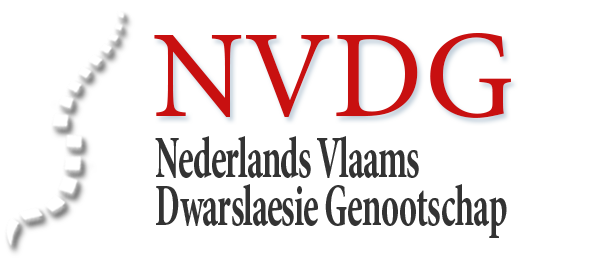Rehabilitation and reintegration of immigrants with spinal cord injury
- Leontine van de Ven, MsC (Researcher)
- Marcel Post, PhD (Project leader)
- Anja Krumeich, PhD
- Floris van Asbeck, MD, PhD
- W. Nieuwstraten, MsC
- A. Yildiz (Person with a spinal cord injury)
Background
This research project is part of the program called ‘Physical strain, work capacity and mechanisms of restoration of mobility in the rehabilitation of individuals with spinal cord injury’. People who do not speak Dutch are excluded from participation in this program for several research. Because of this the problems in daily living of a large and relevant group of people with spinal cord injury are unknown. Besides this it is expected, based on research in the rehabilitation field in the Netherlands, that rehabilitation of immigrants is more problematic and leads to lesser outcomes than rehabilitation of Dutch patients with spinal cord injury.
Theoretical framework
Research in the rehabilitation field by Thomas et al (1999) revealed several problems in the rehabilitation of immigrants in the Netherlands. These problems include differences in expectations towards rehabilitation and its outcomes and difficulties in communication. It is important to make a difference between problems stemming from cultural aspects and more common problems in rehabilitation. Also in the general population rehabilitation is not always free of difficulties.
According to Kleinman (1980), a famous author in the field medical anthropology, there are always differences in views on health and health care between patients and healers. Kleinman (1980) distinguishes between three sectors in health care: popular, professional and folk. The popular sector includes the person with spinal cord injury and his or her family. The professional sector includes the healers with a formal status in a particular society. The folk sector includes alternative forms of healing. Each sector has its own ‘general beliefs’ on illness which explain why, when en how illness occurs and can be healed. Besides this each person has ‘explanatory models’ which explain a particular illness episode.
Research questions
This research project must lead to recommendations to improve rehabilitation of immigrants with spinal cord injury. Besides this a better insight into the process of rehabilitation and reintegration of immigrants with spinal cord injury and insight into the meaning of independence and reintegration to immigrants should be obtained.
Research questions:
- How many immigrants with spinal cord injury are there and what are there characteristics?
- To what extend do immigrants with spinal cord injury function independently and integrated into society? What does independence and integration mean to immigrants with spinal cord injury and in what way does this differ from Dutch persons with spinal cord injury?
- How do (or did) immigrants with spinal cord injury experience rehabilitation? Are there differences with Dutch persons? Are there differences with the views of professionals on rehabilitation?
Methods to be used
This research has a qualitative design. To answer the first research question literature and medical files of people with spinal cord injury are studied. To answer research questions two and three in-depth interviews are held with immigrant and Dutch patients with spinal cord injuries and with members of the rehabilitation team. Topics include: view on and experience with rehabilitation; view on independence, use of assistive devices; view on integration into society, needs with respect to improvement of rehabilitation.
You can read more about this project in the Dutch brochure or the English poster.





